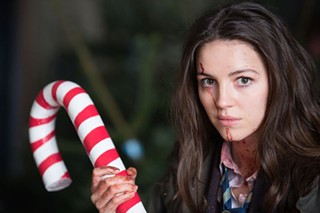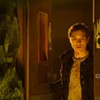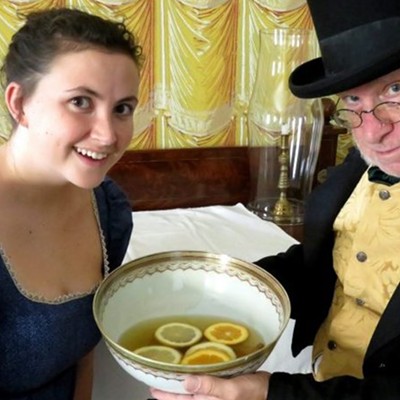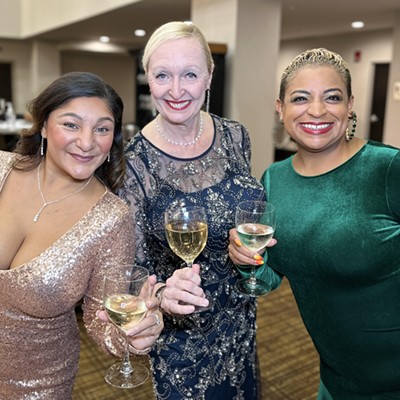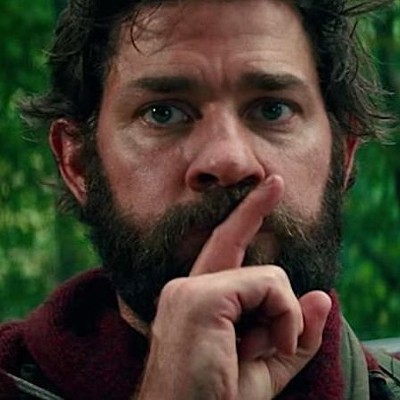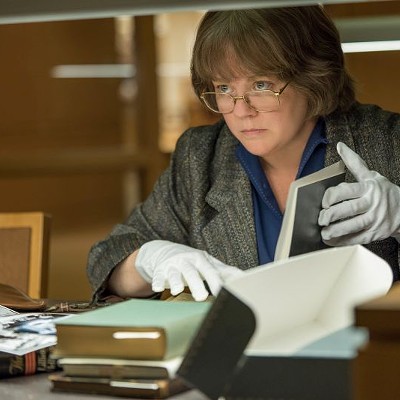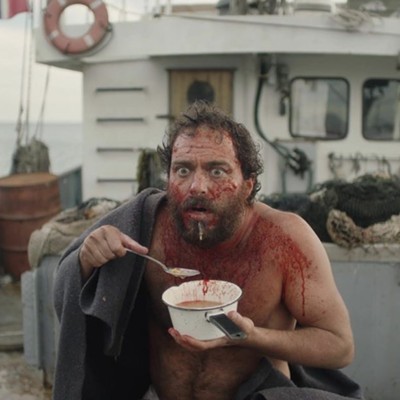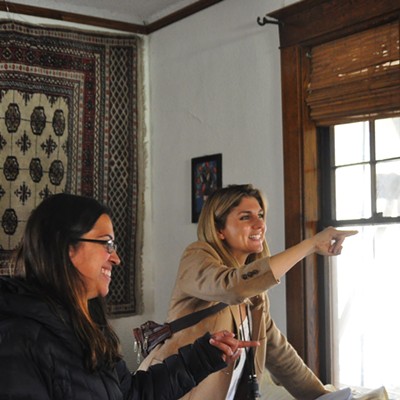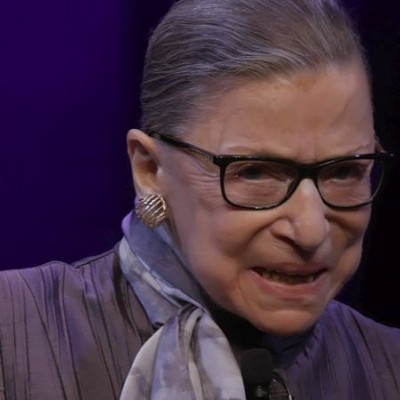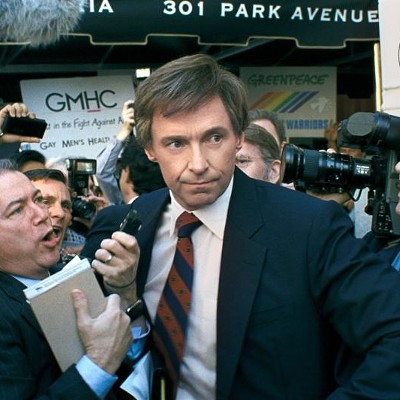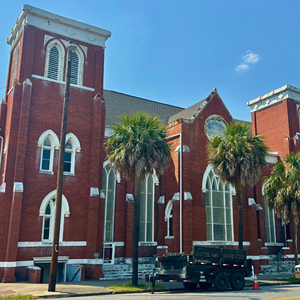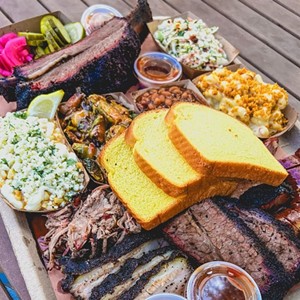ANNA AND the Apocalypse is unlike any other zombie movie you've seen, and that's because it's not just a zombie movie. It's a bizarre and intriguing combination of a zombie movie, a Christmas movie, a horror movie, and a musical, and it's coming to the SCAD Savannah Film Festival on Wed., October 31.
The film finds director John McPhail taking on a musical for the first time, after cutting his teeth in the camera department and then getting into filmmaking with his short film Notes and the acclaimed feature Where Do We Go From Here?
The Scottish director said his involvement in the film came thanks to two of the film’s producers who were fans of his previous work.
“Two of the producers, Naysun Alae-Carew and Nicholas Crum, saw my first feature film at Glasgow Film Festival. It was a really low budget romantic comedy and sort of coming-of-age film, and they loved it and asked me to be involved [in Anna and the Apocalypse]. I think they just liked my bit of color and character,” he tells Connect.
McPhail wasn’t much of a fan of musical films prior to his involvement in Anna and the Apocalypse, but his close friend and collaborator Tyler Collins is a musician and composer who also appeared in lead roles in a number of his shorts as well as McPhail’s first feature. That connection made the prospect of a musical film intriguing for McPhail, despite not being too familiar with the genre.
“I never wanted to shy away from it because it wasn’t my thing, you know?” he says. “First and foremost, I loved the characters and I loved the script. But the musical side of it, that was the only sort of fear that I had. I’d never done horror, but I love horror. And I’d never done action sequences and I love action.”
The most important thing for McPhail in terms of pulling off the musical aspects of the film was keeping an open line of communication with his team.
“We met up at least once a week, we all got in a room together and listened to songs and talked about inspirations and influences,” he says.
The titular character of Anna is portrayed by actress Ella Hunt, who’s best known for her roles in Les Miserables and Intruders, and is someone McPhail didn’t know prior to casting the film. In fact, he only personally knew two cast members – Sarah Swire and Marli Siu - before starting work on the movie. Hunt was a standout during the casting process, and most of the actors were picked right away.
“I got [to casting] and there hundreds of tapes to go through,” he says of the casting process. “I just sat and watched them, made notes on everybody, and found the ones that I really liked.”
The only role that wasn’t filled easily was the role of John, which ultimately went to actor Malcolm Cumming. McPhail said they searched “high and low” to find the right person to embody the unique traits of the character, and stumbled on Cumming – who the director said fit the bill perfectly.
“We got him two weeks before we started, actually,” he says.
Because the film incorporates many different genres, there were a lot of references and influences that were prominent early on in the process. Some audience members might think of the hit zombie comedy Shaun of the Dead when watching the film, which McPhail – a big fan of director Edgar Wright – admits is a “good jumping off point.” The influences, however, go much deeper.
“I love Sam Raimi,” he says. “I love Evil Dead. That’s one of [Edgar Wright’s] major influences as well, so of course people will draw comparisons to it. I also love The Breakfast Club. It’s one of the John Hughes movies that we tried to draw as much from as possible. Just trying to make them real teenagers. You know, you’ve got one perception of them and them half an hour later you’ve got a different one. That and Ferris Bueller’s Day Off – those teenage movies we grew up with.”
McPhail was also inspired by famed filmmaker John Carpenter, whose influence is prominent in a scene where the titular character attempts to find her keys.
“The lighting, the score, everything like that is very, very John Carpenter,” he says. “There are little nods throughout. We tried to put as many movie references in there as possible, just little nods to films [laughs].”

